Search
Search Results
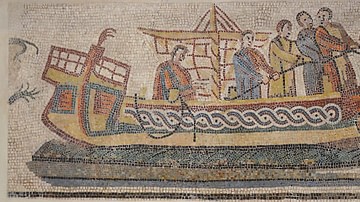
Image
Roman Mosaic Showing the Transport of an Elephant
Roman mosaic from Veii (Isola Farnese, Italy) depicting an African elephant being loaded onto a ship, 3rd-4th century CE. Now in Badisches Landesmuseum Karlsruhe, Germany.
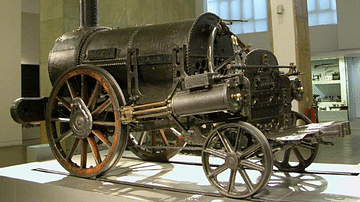
Definition
Stephenson's Rocket
The Rocket was a pioneering steam-powered locomotive invented in 1829 by the British engineer Robert Stephenson (1803-1859). For a cash prize, extensive competition trials were held to find the best locomotive in the Rainhill Trials. Rocket...

Article
Trade in the Roman World
Regional, inter-regional and international trade was a common feature of the Roman world. A mix of state control and a free market approach ensured goods produced in one location could be exported far and wide. Cereals, wine and olive oil...

Article
Coal Mining in the British Industrial Revolution
Coal mining boomed during the British Industrial Revolution as it provided fuel for steam engines of all kinds in factories, transport, and agriculture. Draining flooded mines to extract more coal was the reason the steam engine was invented...
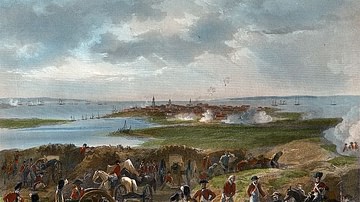
Article
Siege of Charleston
The Siege of Charleston (29 March to 12 May 1780) was a major military operation during the American Revolutionary War (1775-1783). Hoping to establish a foothold in the American South, British commander-in-chief Sir Henry Clinton led an...
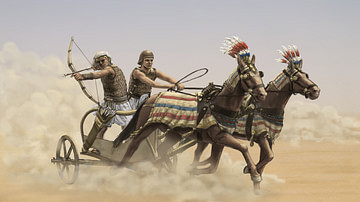
Definition
Ancient Egyptian Warfare
The Narmer Palette, an ancient Egyptian ceremonial engraving, depicts the great king Narmer (c. 3150 BCE) conquering his enemies with the support and approval of his gods. This piece, dating from c. 3200-3000 BCE, was initially thought to...
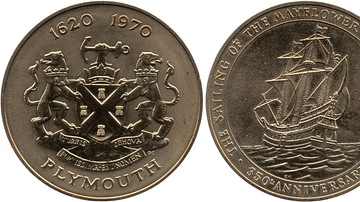
Definition
Christopher Jones, Captain of the Mayflower
Christopher Jones (l. c. 1570-1622 CE) was the English captain and quarter-owner of the Mayflower, the cargo ship that brought the religious separatists (now known as pilgrims) to the New World in 1620 CE. Little is known of Jones' life prior...
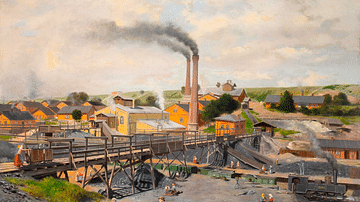
Article
The Impact of the British Industrial Revolution
The consequences of the British Industrial Revolution (1760-1840) were many, varied, and long-lasting. Working life in rural and urban settings was changed forever by the inventions of new machines, the spread of factories, and the decline...
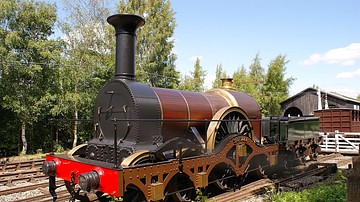
Article
The Railways in the British Industrial Revolution
The railways were perhaps the most visible element of the Industrial Revolution for many. Trains powered by steam engines carried goods and people faster than ever before and reached new destinations, connecting businesses to new markets...
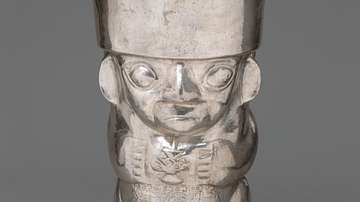
Article
The Silver of the Conquistadors
The Spanish conquistadors might have gained a lasting reputation as the great gold-seekers of history, but they were actually far more successful in acquiring silver. Over 100 tons of gold were extracted from the Americas from 1492 to 1560...